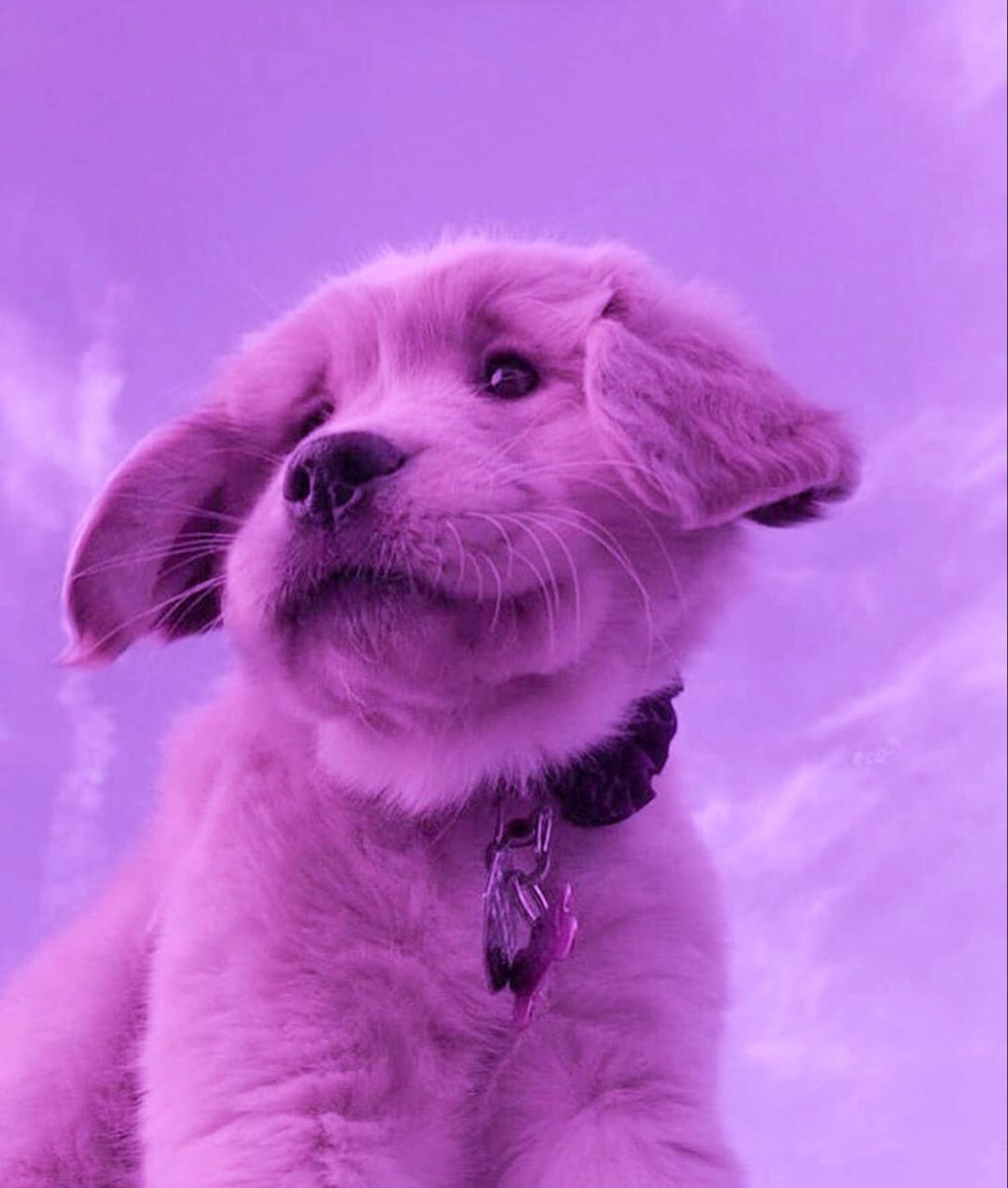The phenomenon of the purple dog has captured the imagination of dog lovers and pet enthusiasts alike. This unique coloration, while rare, raises many questions regarding genetics, breeding, and the overall health of these animals. In this article, we will delve into the intriguing world of purple dogs, exploring their origins, characteristics, and the scientific aspects behind this captivating hue. Join us as we uncover the mystery of purple dogs and what makes them so special.
As we embark on this exploration, we will examine various aspects of purple dogs, including their genetic makeup, health implications, and their place in popular culture. Our goal is to provide you with comprehensive information about these extraordinary canines, ensuring that readers of all backgrounds can appreciate the beauty and complexity of purple dogs.
Whether you are a dog owner, a potential pet adopter, or simply a curious individual, this article will equip you with the knowledge to understand the phenomenon of purple dogs better. So, let’s dive into the colorful world of these remarkable creatures!
Table of Contents
- What is a Purple Dog?
- Genetics of Purple Dogs
- Breeds That Can Be Purple
- Health Considerations for Purple Dogs
- Cultural Significance of Purple Dogs
- Caring for a Purple Dog
- Adopting a Purple Dog
- Conclusion
What is a Purple Dog?
A purple dog is not a distinct breed but rather a description of dogs that exhibit a unique coloration that resembles shades of purple or lavender. This coloration can arise from a combination of specific genetic factors and environmental influences. While purple dogs are rare, they can be found in various breeds, often leading to considerable interest among dog enthusiasts.
Genetics of Purple Dogs
The coloration of purple dogs primarily stems from genetic variations, particularly those related to the dilution gene. This gene affects the pigmentation of a dog's coat, leading to lighter shades of common colors. For example, a black dog with the dilution gene may appear gray or blue, while a chocolate dog may take on a lavender hue.
How the Dilution Gene Works
The dilution gene operates on a simple recessive pattern, which means that both parents must carry the gene for it to be expressed in their offspring. Here’s a brief overview:
- The dilution gene is denoted as "d."
- When both parents possess the "d" allele, the resulting puppies may display diluted colors.
- This can lead to shades like blue, fawn, and, in rare cases, purple.
Breeds That Can Be Purple
While any breed can potentially produce a purple dog, some breeds are more likely to exhibit this coloration due to their genetic backgrounds. Here are a few breeds known for their potential to produce purple variations:
- American Bully
- Poodle
- French Bulldog
- Chihuahua
- Shih Tzu
Health Considerations for Purple Dogs
While the allure of a purple dog may be captivating, it is essential to consider the health implications associated with certain genetic traits. Some health concerns may arise from selective breeding practices aimed at producing specific colors, including:
- Skin conditions
- Vision problems
- Hearing impairments
It’s crucial to conduct thorough research and consult with veterinarians when considering a purple dog to ensure you are adopting a healthy companion.
Cultural Significance of Purple Dogs
The purple dog phenomenon has transcended beyond just a genetic curiosity. In popular culture, these unique dogs have gained attention through various media, including social platforms, art, and even merchandise. Their rarity has made them a symbol of uniqueness and individuality among dog lovers.
Social Media Influence
Many purple dogs have gained fame on platforms like Instagram and TikTok, where their striking appearance can be showcased. This visibility has contributed to a growing interest in these dogs, further entrenching them in contemporary culture.
Caring for a Purple Dog
Caring for a purple dog involves standard dog care practices along with specific attention to their unique needs. Here are essential tips for prospective purple dog owners:
- Regular grooming to maintain coat health
- Routine vet check-ups to monitor for any inherited health issues
- Providing a balanced diet to support overall well-being
Adopting a Purple Dog
If you're considering adopting a purple dog, it's essential to approach the process thoughtfully. Here are some steps to guide you:
- Research reputable breeders or rescue organizations.
- Ask for health clearances and genetic testing.
- Evaluate the dog's temperament and compatibility with your lifestyle.
Conclusion
In summary, purple dogs are a fascinating subject that combines genetics, health, and culture. Their unique coloration, resulting from specific genetic traits, captures the hearts of many dog enthusiasts. If you are considering bringing a purple dog into your home, ensure you are well-informed about their needs and health considerations. Don't hesitate to share your thoughts or experiences in the comments below, and feel free to explore other articles on our site for more captivating insights into the world of dogs!
Call to Action
We invite you to leave a comment below, share this article with fellow dog lovers, or explore more content on our site to deepen your understanding of canine care and culture!
Thank you for reading, and we hope to see you again soon for more engaging content!
Vintage Aerial Views Of New Britain, CT: A Free Exploration
Exploring Riverfront Municipal Parking Ramp: A Comprehensive Guide
Buffalo Grove Days: A Celebration Of Community And Culture


